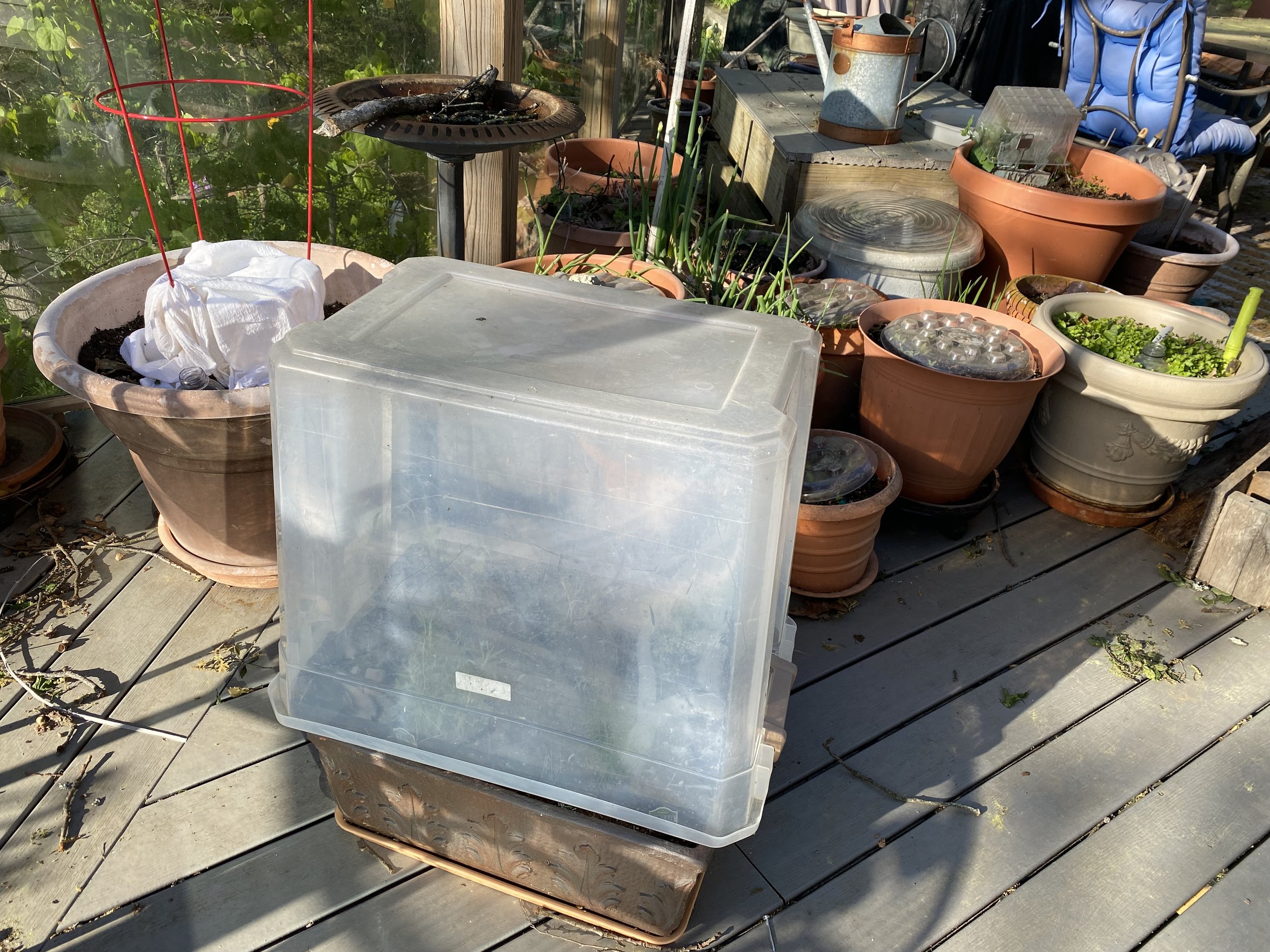Cover Planting
/Lambs Ears will cover the daffodils as they die back. (Photo by Charlotte Ekker Wiggins)
Cover Planting
it’s my term “cover planting,” the practice of planting plants so that they cover other plants that die back. In gardening circles, it’s touted as vertical gardening but most people equate that to vines and things that grow on structures.
To cover plant, you have to know how one plant grows before deciding what other plants you can add. Not all plants are compatible and some can take nourishment away from others. The key is to know how the plant roots grow. You want shallow-rooted plants around the deeper ones so they are not competing for space and nutrients.
Here are a few combinations that have worked well for me:
Planting daffodils in flower bed fronts can cover other plants. (Photo by Charlotte Ekker Wiggins)
Missouri’s native orange daylilies make for good cover at the front of flower beds. Their greenery starts filing in when daffodils and other spring bulbs die back. After flowering, the daylily greenery continues into winter.
And not just orange daylilies, any day lilies will work for lining the front of a flower bed.
Herbs are also wonderful cover plants. They also tend to be shallow-rooted so they don’t compete with other plants close by.
Another favorite plant to add is Joy Autumn Sedum. This hardy perennial is pretty in its various stages, from rosettes in spring to fall flowers. Their roots grow shallow so they don’t compete with other plants. Here I use them to cover daffodils.
Joy Autumn Sedum grows over dying daffodil greenery. (Photo by Charlotte Ekker Wiggins)
Think short plants over larger ones. Wild violets add a nice pop of color around short-flowering plants. By summer, the violet leaves are big enough to cover over a bare area.
You get the idea.
What other plant combinations would you use?
Charlotte














